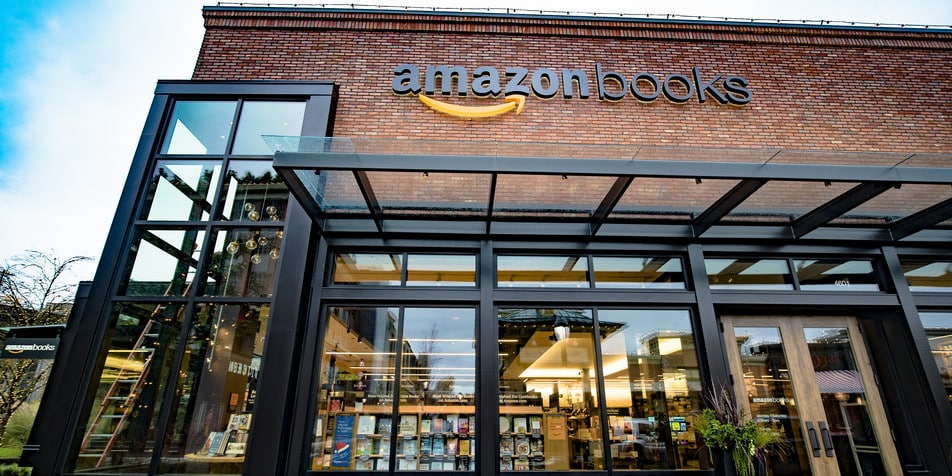“…by 2016, 89% of companies expect to compete mostly on the basis of customer experience.” – Gartner
Despite the great emphasis placed on eCommerce and online presence, customers today still love brick and mortar stores. According to the EKN 2015 Retail Point-of-Sale Blueprint Study, 70% of total retail sales still take place at a physical location. But, while customers persist in visiting shops in person, the in-store experience is currently undergoing a revolution. The biggest transformation that has come about is in the role or, more accurately, roles, that the retail store plays.
Changing Paradigms
The rise of the connected shopper and the convergence of the physical and virtual worlds have called for new retail strategies. With the proliferation of consumer technology and the convenience of buying online, retailers must provide a compelling reason for shoppers to walk into the store. And make no mistake about it — once inside, the experience must go far beyond conducting a simple transaction. Consumers are entering stores with sophisticated technology in the palm of their hands; more often than not, they’re more tech-savvy than retailers and brands themselves.
The New Role of the Store
A store is no longer simply a forum for transactions or a hub for social interaction; it’s a place for inspiration, entertainment, information and order fulfillment. Shoppers seek the convenience of buying online along with the benefits of physical stores. These factors have driven the retail revolution of the 21st century and boil down to one key fact: stores must be designed around customer insights. The question, then, is how to achieve this — beyond the mandate of knowing your customer through and through. Fortunately, this objective isn’t as complex as it may seem, but it requires strategy and execution in the following four key areas:
1. Brand Experience
The trick here is to determine the core factors that make up the essence of your brand and to keep them consistent across all channels. What’s your trademark? Is it your impeccable customer service? The depth and breadth of goods offered, or a wide range of sizes? A good starting point would be to see what part of your inventory sells most, and in which locations. Paired with customer records, this information can be mapped to determine which goods to incorporate into each of your channels.
To your customer, the brand experience should be coherent — from the consideration to the purchase stage. In order to cultivate customer loyalty, brands must have a clear and distinct personality that resonates with consumers beyond purchase decisions.
2. Omnichannel Integration
Omnichannel is all about unifying channels to facilitate the free-flow of information. Ship from store, in-store pick up of web orders and return anywhere have become the new standard in retail. Endless aisles thus become the direct result of omnichannel integration. For the retailer, this means having access to enterprise-wide visibility of inventory, business intelligence and clienteling data to leverage insights about customers’ buying behavior.
3. Personalized Engagement
Adding a personal touch is absolutely essential in today’s retail ecosystem. The digitally empowered shopper has unlimited access to special offers, peer reviews, price comparison applications and more — directly at their fingertips. The massive amount of data that’s readily available and accessible online leaves only personalization as a powerful differentiating factor that customers seek in brick and mortar stores.
To foster meaningful interactions, store associates require tools to access valuable customer data, such as buying habits, wish lists, and purchase histories, and translate this information for cross-selling and upselling. This is the only way to foster genuine customer loyalty and is almost impossible to achieve when running a legacy system.
4. Technology Enablement
This is the be-all and end-all of the modern store. As a result of the paradigm shift in consumer behavior, companies need to invest in new and improved POS systems that are functionally rich, configurable and integrated. It should come as no surprise that the 2015 EKN Retail Point-of-Sale Blueprint Study revealed that 60% of retailers plan to replace their POS system in the next 24 months. This staggering figure clearly demonstrates retailers’ haste to move from outdated systems to modern omnichannel platforms. At the store level, technology investments are being made in areas such as:
- Unified order management
- Security and compliance
- Loyalty and promotions
- Improved inventory management
- In-store mobility for employees
- Store productivity
Overall, what’s required is a consolidation of in-store technologies onto one platform — instead of scrambling to get multiple divergent systems to talk to each other.
As the industry moves from a supply-driven mode to a demand-driven one, stores equipped with tools built with the customer in mind will definitely have a competitive advantage going forward. By focusing on the four key areas outlined here, retailers can be sure to provide a seamless and rewarding shopping experience to delight customers and keep them coming back for more.
